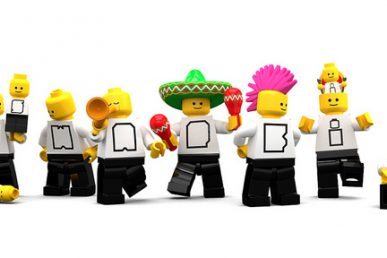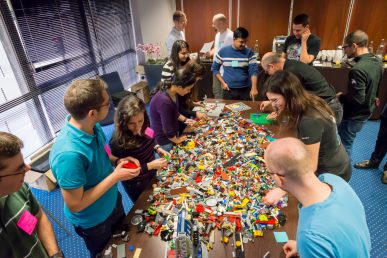If you’re interested in sharing knowledge with fellow Stackers, you’re in good company: there are typically more than 1,500 submissions for the OpenStack Summit. All community members are encouraged to submit, here are a few tips to improve the chances that your pitch is picked.
Here’s what’s new along with some time-tested tips on what the selection members are looking for. The deadline to submit talks for the Vancouver Summit is February 8.
What’s new for 2018
Tracks
If you’ve attended an OpenStack Summit, you know there have been dozens of tracks crisscrossing around topics and sectors. For Vancouver these will consolidate into the following eight areas:
- CI/CD
- Container infrastructure
- Edge computing
- HPC / GPU / AI
- Open source community
- Private and hybrid cloud
- Public cloud
- Telecom and NFV
“We encourage you to submit proposals covering OpenStack and the open infrastructure tools you’re using, as well as the integration work needed to address these problem domains,” says Lauren Sell, vice president, marketing and community services at the Foundation. “We also encourage you to invite peers from other open source communities to come speak and collaborate.”
Programming Committees
Instead of Track Chairs, there will now be Programming Committees for each track, with both Members and a Chair (or co-chairs). “We’re also recruiting members and chairs from many different open source communities working in open infrastructure, in addition to the many familiar faces in the OpenStack community who will lead the effort,” Sell adds. If you’re interested in helping out, the deadline for applying to the Committees is January 26.
Landing a talk
Here are a few tips to make your proposal stand out from the pack from veteran speaker Beth Cohen, cloud networking product manager at Verizon.
- No matter how wonderful you think your innovation is, product pitch presentations are highly discouraged.
- Speakers are encouraged to demonstrate past experience with making presentations and speaking to large audiences. If you do not have prior speaking experience, consider participating on a panel.
- Make the proposal compelling. The community is always interested in real user stories – good and bad, new innovations and details about technical contributions to OpenStack components and of course, the platform itself.
- Provide any relevant links to additional information, such as code repositories, case studies, papers, blog posts, etc.
More details on designing a successful OpenStack Summit submission can be found in this post from a Women of OpenStack video webinar hosted by Niki Acosta, Anne Gentle and Diane Mueller.
Or you can check out this recent podcast from the Women of OpenStack.
- Exploring the Open Infrastructure Blueprint: Huawei Dual Engine - September 25, 2024
- Open Infrastructure Blueprint: Atmosphere Deep Dive - September 18, 2024
- Datacomm’s Success Story: Launching A New Data Center Seamlessly With FishOS - September 12, 2024

)










